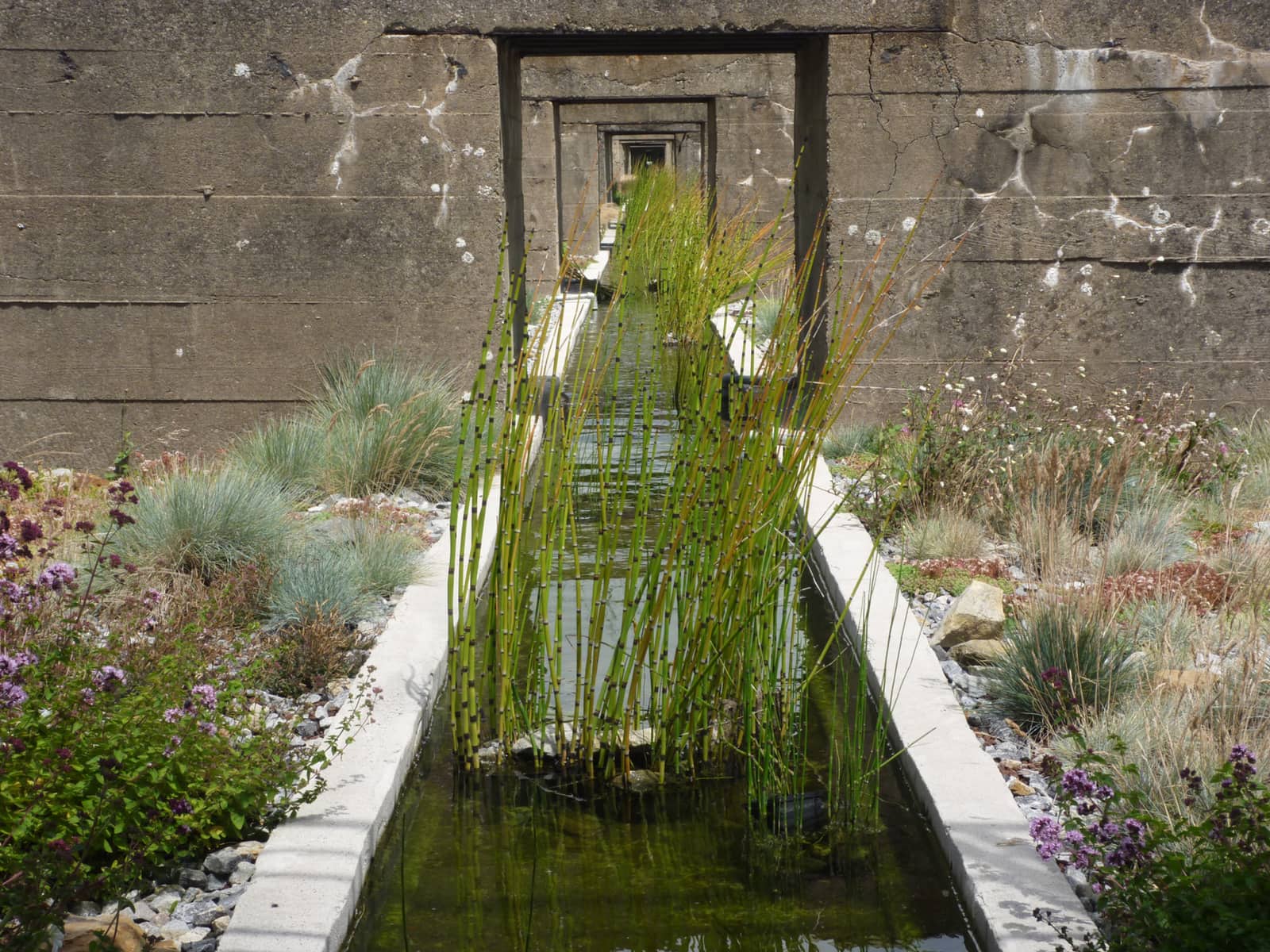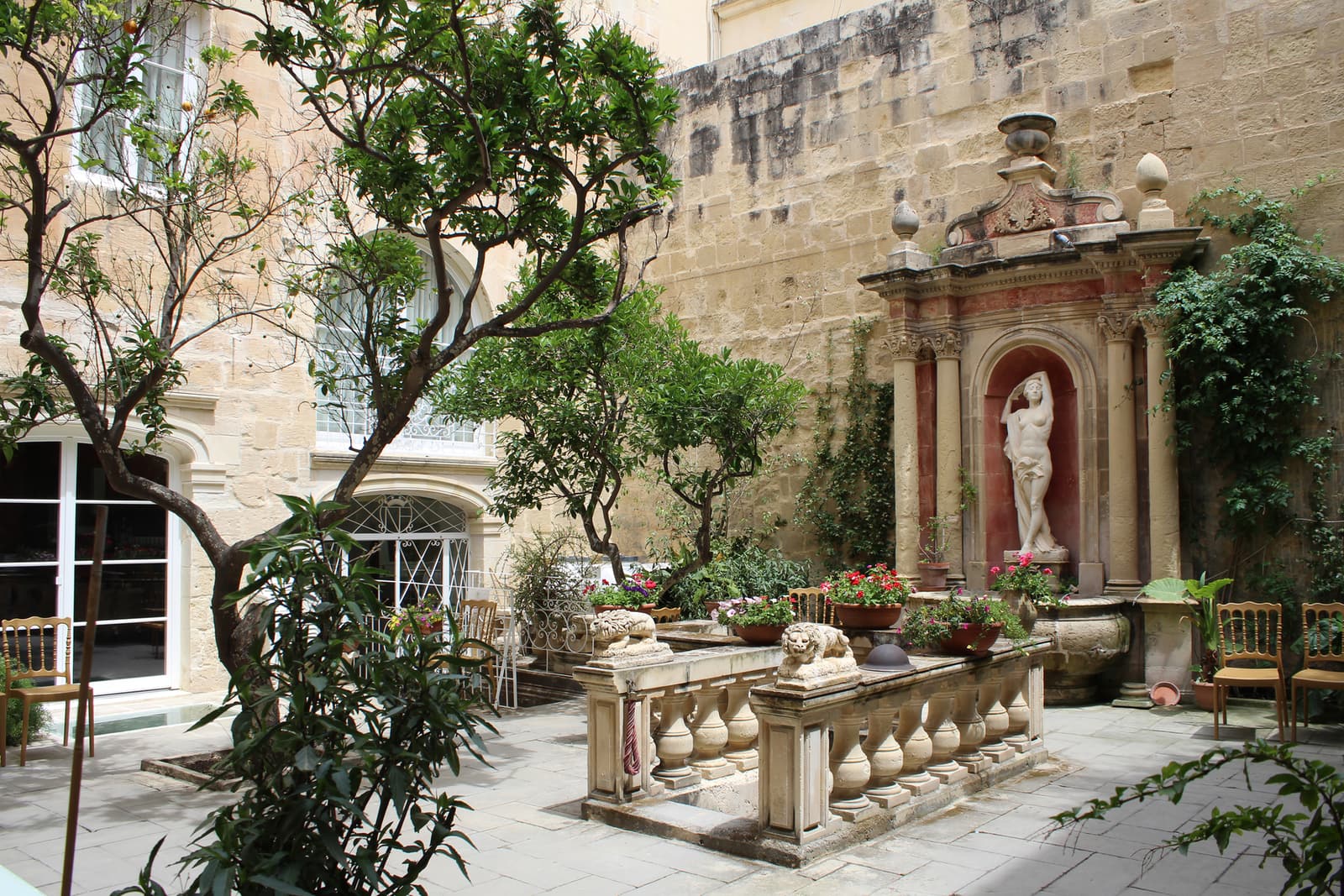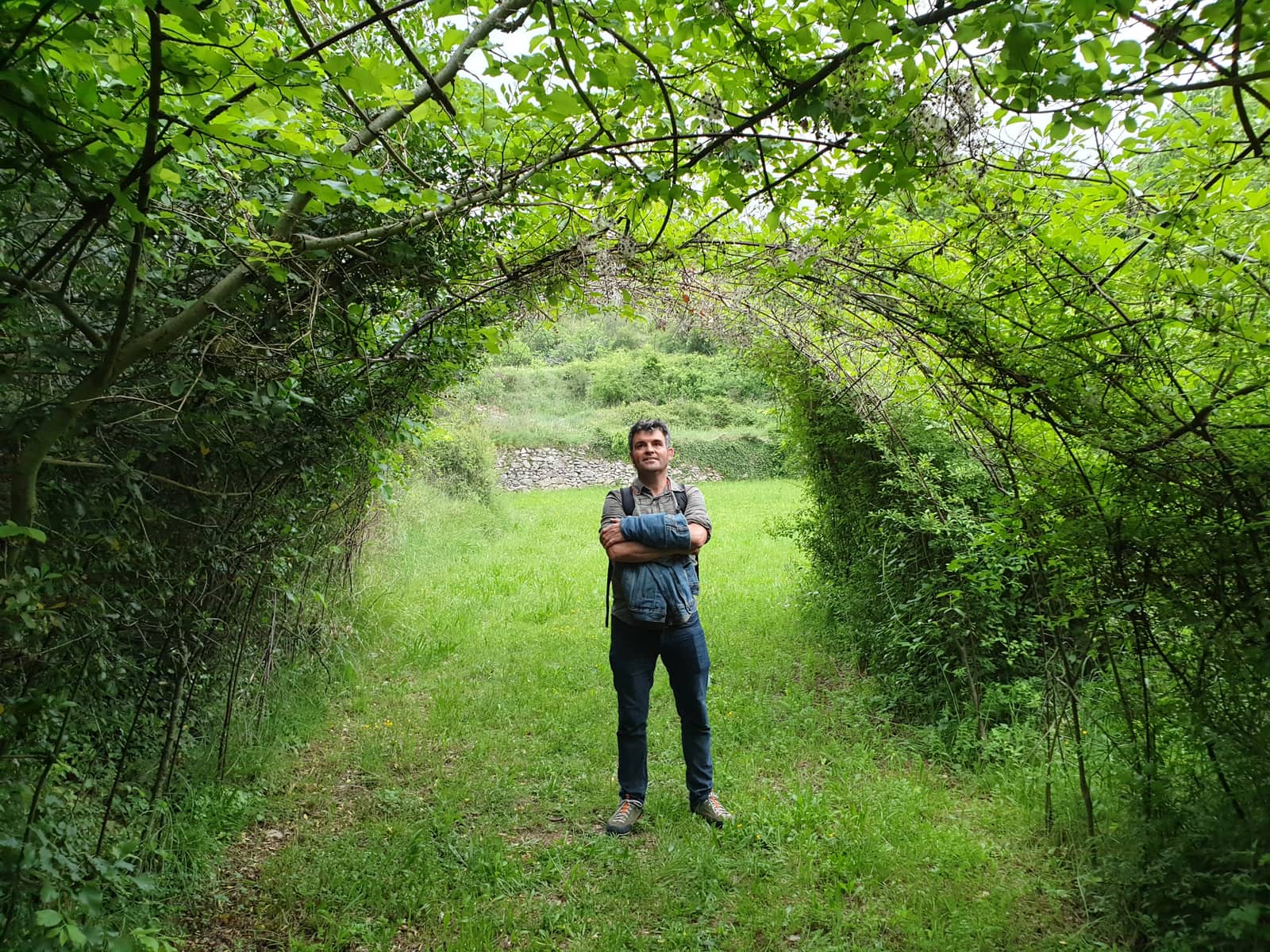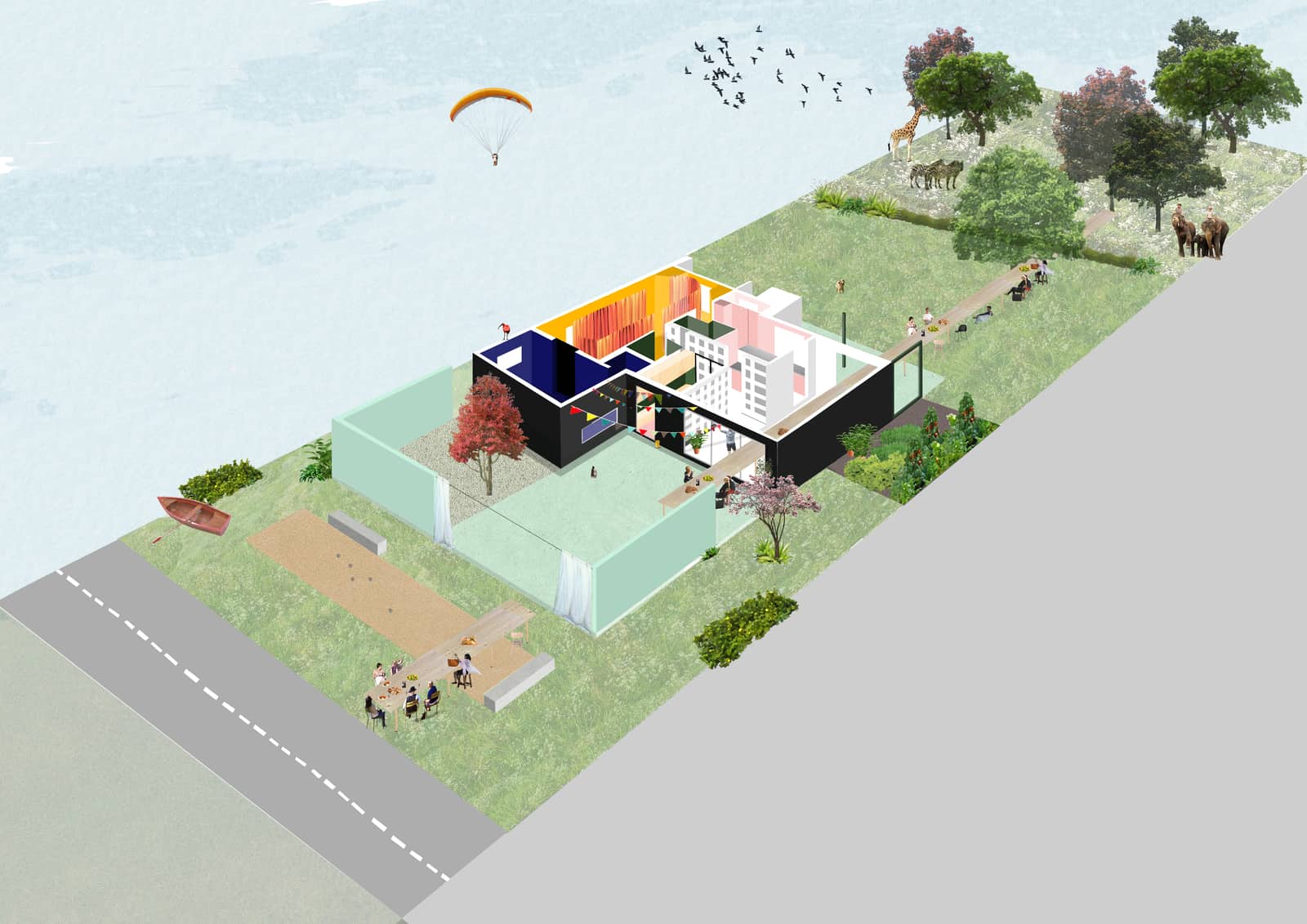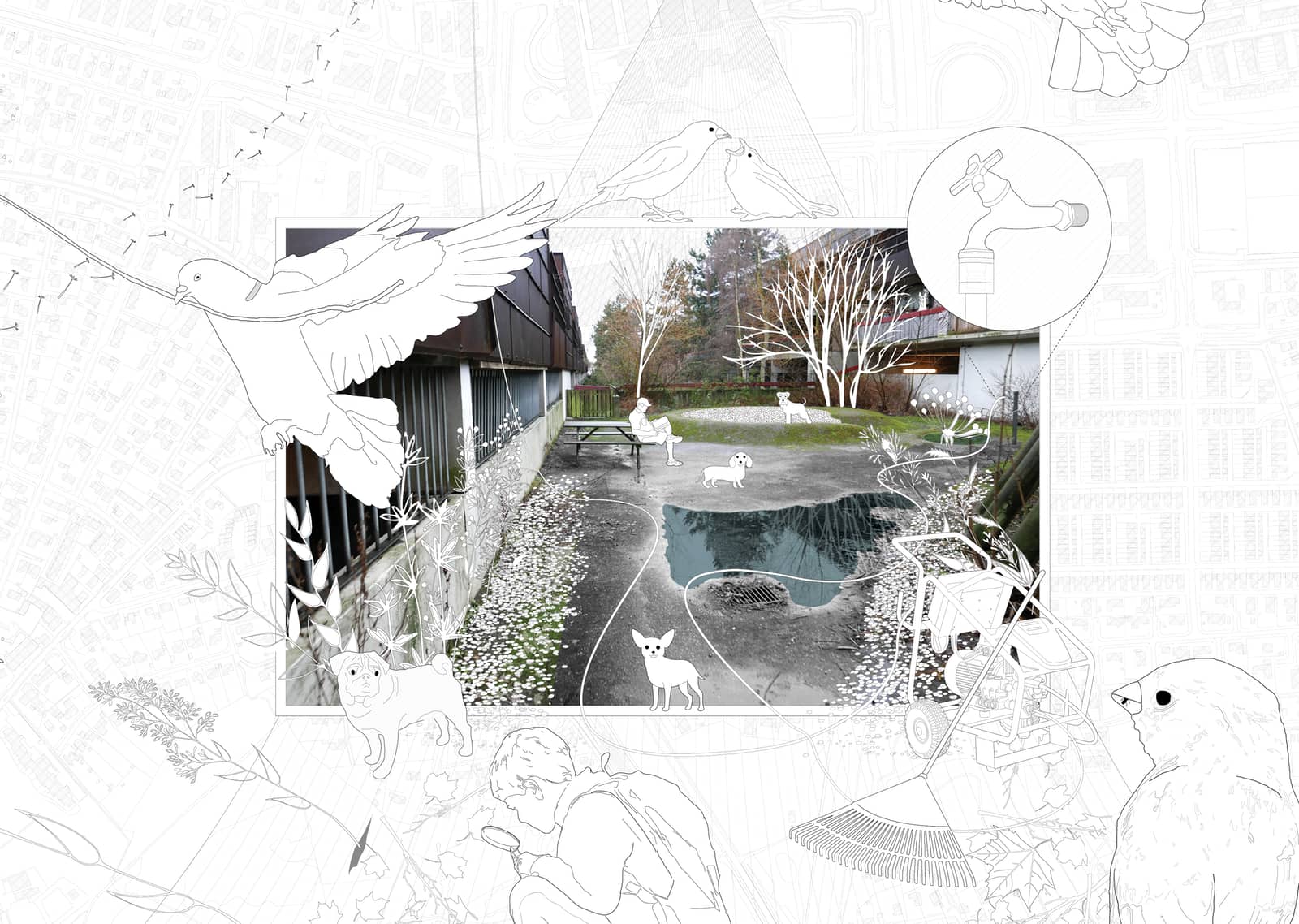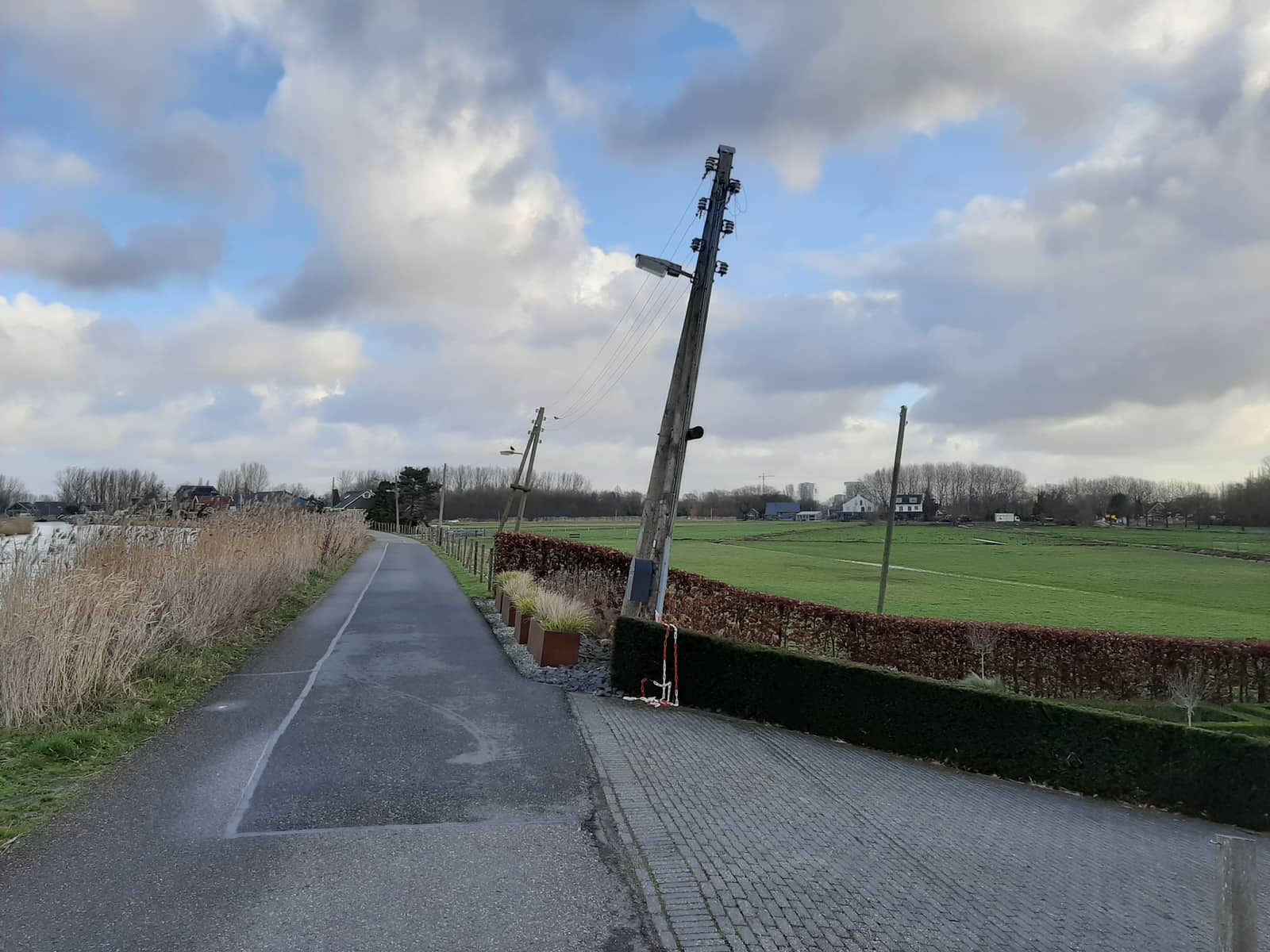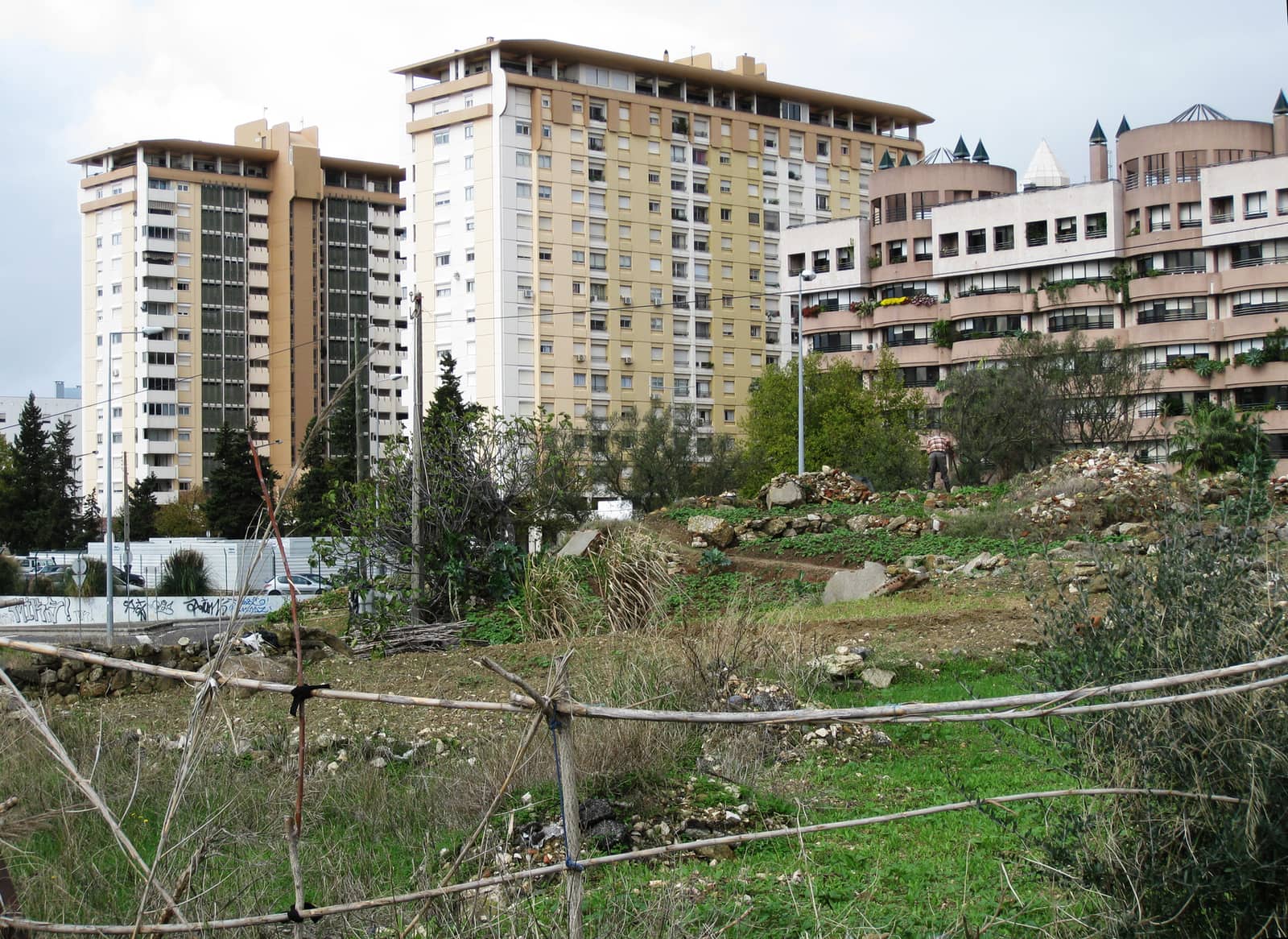
the Garden in the Landscape Metropolis
8 articles / 130 pages
ISBN 978-94-6366-350-2
Issue editors
Andre Dekker, Observatorium
Dr. Ir. Saskia de Wit, TU Delft
Editorial
-
In this issue of SPOOL Landscape Metropolis #6, designerly and discursive work on gardens in the metropolitan landscape is explored. The focus is on the garden as a theatre of landscape in the metropolis, where the city-dweller can stand face to face with natural processes, the longue durée of evolution and natural growth, silence, and open skies, as the counterpart to the excess of the urban programme. This notion of the garden as a theatre, a stage on which landscape and growth are performed, is explored by taking a closer look, spotting those places that merit attention in the vast...
Articles
-
This paper looks into ‘gardens of wildness’ that have been established in metropolitan interstitial spaces. These unused, unfunctional urban spaces could be considered as spatial-temporary interstices of the metropolitan landscape. These ‘interstitial spaces’ possess the potential to host diverse social-ecological minorities that tend to be excluded by regulated urban spaces. The ecological qualities of interstitial spaces are recognised by French garden designer Gilles Clément, who regards spontaneous ecologies, which emerge in neglected spaces of the city, as cherished reservoirs that...
-
The term landscape metropolis and its associated practice of reading the city through the terminology and ‘lens’ of the landscape rather than the normal conventions of urban studies is generally applied to the contemporary city and its expansion beyond the historic centre. Yet, this approach also chimes with the peculiarities of the historic island city and the close relationship such cities have with the restricted, liminal ground on which they are founded. This paper explores the hypothesis that an island city can be understood as a metropolitan landscape as a consequence of...
-
The ground is both the surface occupied by urban development and a physical media – soil – in which plants grow. Since housing density is a mechanism by which to maximise a site’s financial yield, construction covers the real ground. Consequently, the soil is provided to residents in containers on terraces or balconies. However, the properties of natural ground and simulated ground are different, affecting gardening activity and the kind of material and spatial outcomes resulting from it, the synthesis of which is called “the viridic” by the author. Gardening has health benefits for...
-
Belonging to the small-scale and private sphere, gardens are usually omitted from urban and regional landscape plans. Yet, we argue that the assemblage of everyday gardens – the garden complex – is an inherent component of the landscape metropolis that holds the potential to become a powerful landscape agency. This potential is enclosed, among others, within three particular qualities: hybridity, scalar paradoxes, and complex dynamics. Practicing these qualities as concepts for landscape design and analysis helps to expand the imaginaries of everyday gardens to...
-
This visual essay explores the making of a new garden in a small secluded space deep within Danish housing estate Farum Midtpunkt. Through a series of digitally produced drawings the author unfolds origin and current material condition of the site in question, and speculates on the site’s possible future as a new garden for humans and the landscape metropolis’s unnoticed animals and plants. The design approach for the new garden is experimental, maintenance-based and open-ended, aiming to achieve a high level of biodiversity and to balance preservation and renewal attending to the site’s...
-
In the contemporary metropolitan landscape of Rotterdam, the open landscape spaces that once surrounded the city have been reduced to components in a hybrid field. When the polders were still expansive, with an omnipresent horizon, and big skies, they were depicted extensively by the Dutch landscape painter Henk Chabot (1894-1949). Chabot is the Rotterdam painter of an oeuvre that is associated with angular, realistic expressionism of many layers of paint in hard colours, who painted heavily emphasised skies over poor countryside, or monumental portraits of refugees or farmers. For...
-
Since the middle of the 19th century, when the term ‘landscape architecture’ began to replace the hitherto common term ‘garden art’, the garden as a work of art and gardening, understood as a predominantly decorative activity, stood in the critical discussion about the future of the metropolises. It was not only architects and urban planners who repeatedly questioned the value of ornamental gardens in the city. Against the background of the enormous growth of the cities in the industrial age and the accompanying social problems, leading European landscape architects in the 20th century...
